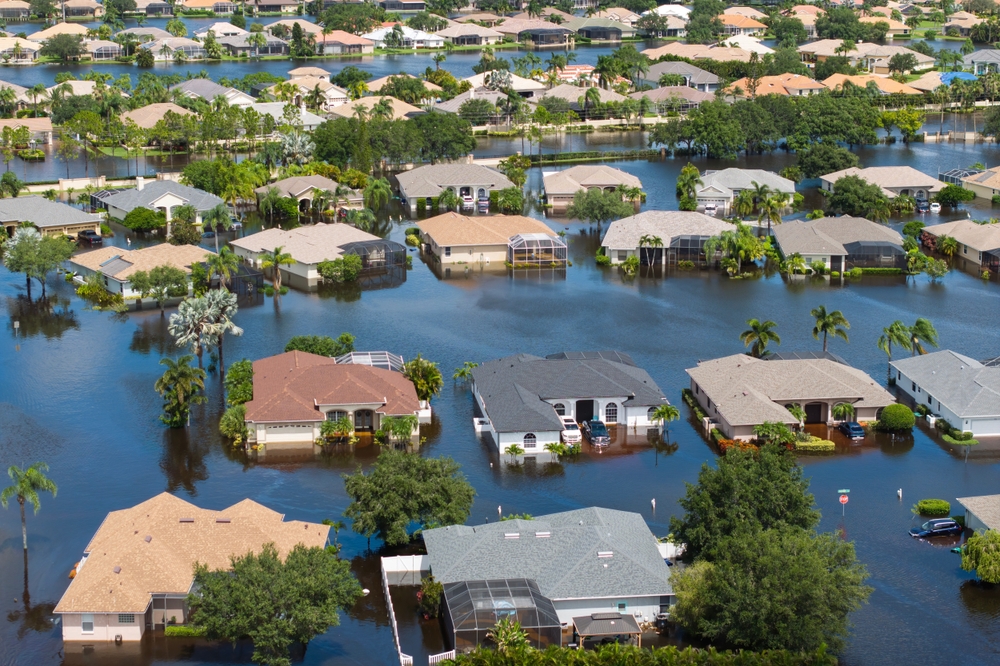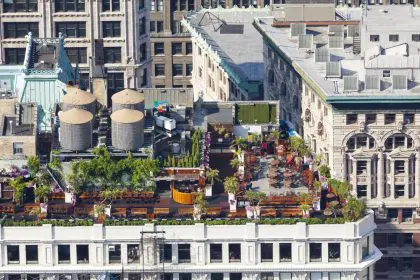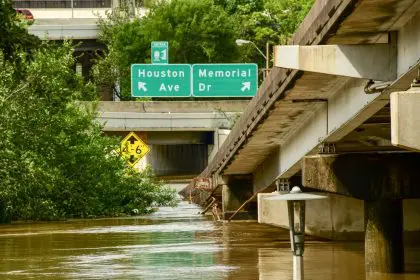New Orleans, a city woven with vibrant culture and unyielding spirit, knows the rhythm of survival. Its people dance through life’s highs and lows, but recent storms have tested their resolve. Five neighborhoods—Gentilly, Mid-City, the Lower Ninth Ward, Lakeview, and Uptown—have faced nature’s fury, grappling with floods, blackouts, and debris that disrupt daily life. These tempests, each leaving its own mark, have stirred fear and prompted resilience across the city. Below, we explore these challenges, numbering each neighborhood for clarity, and delve into how New Orleans endures.
1. Gentilly: Floodwaters reshape routines
Gentilly, a patchwork of bungalows and community pride, sits low in New Orleans’ uneven terrain. Recent storms have turned its streets into rivers, with heavy rains overwhelming aging drainage systems. Water creeps into homes, ruining floors and furniture, while cars stall in sudden deluges. For residents, the threat of flooding looms large, making every raincloud a source of dread.
Daily life shifts under this strain. Parents reroute school pickups to avoid submerged roads, and small businesses, like barbershops and cafes, close early when forecasts darken. The fear isn’t just about property—it’s the uncertainty of when the next downpour will strike. Community centers, often hubs for seniors, cancel events as leaks seep through roofs.
Yet, Gentilly fights back. Neighbors share sandbags and pumps, pooling resources to protect homes. Local groups organize cleanups, clearing storm drains clogged with leaves. These efforts, born of necessity, reflect a determination to hold fast against nature’s unpredictability, even as the rains keep coming.
2. Mid-City: Blackouts dim community spirit
Mid-City, alive with jazz bars and colorful shotguns, thrives on connection. But storms have brought prolonged power outages, plunging the area into darkness. Fallen trees and battered lines leave families without lights or air conditioning, a brutal ordeal in Louisiana’s sticky heat. Spoiled food and dead phone batteries add to the chaos, turning normal evenings into tests of patience.
The outages ripple beyond homes. Restaurants toss out perishables, losing days of revenue, while corner stores struggle to restock. Community events, like outdoor markets, grind to a halt without electricity. For many, the darkness breeds unease, amplifying worries about safety in unlit streets. The hum of generators becomes a faint lifeline, but not every household can afford one.
Resilience shines through, though. Neighbors open their doors, sharing freezer space or charging stations. Volunteers distribute ice and water at fire stations, easing the burden. These acts of kindness, small but vital, keep Mid-City’s heart beating, proving that even in the dark, community endures.
3. Lower Ninth Ward: Debris and memories collide
The Lower Ninth Ward, a symbol of grit and rebirth, carries scars from past disasters. Recent storms have stirred old fears, piling debris across lots still recovering from earlier blows. High winds tear at roofs and fences, scattering branches and shingles. Flooded streets, though less severe than in years past, remind residents of nature’s unrelenting power.
This debris isn’t just physical—it’s emotional. Every storm feels like a step backward for a neighborhood fighting to rebuild. Families delay home repairs, wary of investing in fixes that might wash away. Community gardens, a point of pride, suffer as mud buries seedlings. Businesses, from food trucks to beauty salons, lose customers when roads become impassable.
Still, the Lower Ninth pushes forward. Volunteers sweep through, hauling wreckage to curbs. Youth groups plant new trees, reclaiming green spaces. These efforts, rooted in hope, show a neighborhood refusing to be defined by its losses, even as storms test its strength.
4. Lakeview: Winds rattle suburban calm
Lakeview, tucked near Lake Pontchartrain, offers a quieter slice of New Orleans life. But storms have shattered its calm, with fierce winds toppling trees and ripping power lines. Roofs leak, and backyard sheds collapse, leaving homeowners to tally damages. For many, the howling gusts evoke memories of worse hurricanes, stirring unease in a place that feels far from the city’s urban core.
The disruption hits hard. Schools close as roads flood, forcing parents to juggle work and childcare. Grocery runs become treacherous when stoplights fail. Local diners and shops, reliant on steady foot traffic, see empty tables as residents hunker down. The unpredictability of these storms—some brief, others lingering—keeps nerves on edge.
Lakeview responds with action. Neighborhood associations coordinate debris pickup, filling trucks with broken branches. Families share tools, helping each other patch roofs. These quiet acts of solidarity, woven into the fabric of suburban life, signal a refusal to let fear take root.
5. Uptown: Historic charm meets modern fears
Uptown, with its oak-lined streets and grand homes, carries New Orleans’ timeless charm. Yet, recent storms have battered its elegance. Torrential rains flood Magazine Street, stalling traffic and soaking storefronts. Power flickers, leaving historic houses sweltering. Falling limbs from ancient trees, beloved landmarks, block sidewalks and crush fences.
The storms shift how Uptown moves. Residents avoid low-lying areas, wary of sudden surges. Coffee shops and boutiques, usually buzzing, board up early when warnings sound. For families, the joy of porch-sitting fades as storms confine them indoors. The beauty of Uptown feels fragile when nature turns fierce, casting a shadow over its storied streets.
Uptown rallies, though. Business owners sweep mud from doorways, reopening with grit. Neighbors clear paths, ensuring safe passage for walkers. Community boards push for better drainage, voicing concerns at city meetings. These steps, though gradual, reflect a commitment to preserve Uptown’s spirit against the elements.
Roots of the unrest
These five storms share common threads that amplify their impact. New Orleans’ geography, below sea level and hugged by water, makes flooding a constant threat. Aging infrastructure—crumbling drains, weak levees—struggles to keep up with heavier rains. Climate shifts bring more intense weather, catching the city off guard.
Economic factors play a role too. Not every household can afford generators or flood insurance, leaving some more vulnerable. Businesses, especially small ones, lose revenue with each closure, straining local economies. Socially, the repeated disruptions chip away at morale, making recovery feel like a treadmill. These layers—natural, structural, and human—create a perfect storm of fear across neighborhoods.
Resilience in the face of nature
New Orleans doesn’t bow easily. Across Gentilly, Mid-City, the Lower Ninth, Lakeview, and Uptown, signs of fightback emerge. Community groups stockpile supplies, from tarps to batteries, preparing for the next gust. Nonprofits deliver meals to seniors stranded by floods. Online networks buzz with updates, helping neighbors track outages or road closures.
City efforts gain traction too. Investments in pumps and green spaces aim to ease flooding. Public works crews clear canals, racing against the next downpour. Schools teach kids about storm prep, building resilience early. These moves, while stretched thin, show a city adapting, learning from each tempest to brace for the next.
A city unbroken
New Orleans faces a stormy road, but its soul remains fierce. The challenges in Gentilly, Mid-City, the Lower Ninth, Lakeview, and Uptown test resolve, but they also reveal strength. From shared sandbags to cleared streets, residents weave a tapestry of care that holds fast against fear. The city’s history, steeped in survival, fuels hope that these storms, fierce as they are, won’t define its future. For now, New Orleans stands tall, ready to weather whatever comes next.












